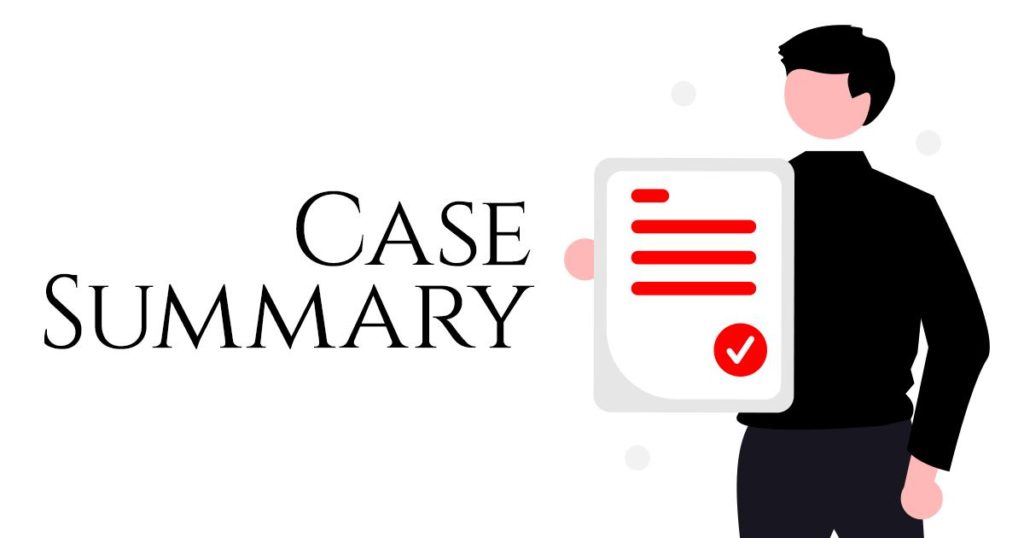In a 2011 decision the Supreme Court of Canada (SCC), affirming the British Columbia lower courts, held that a simple hyperlink to defamatory material does not in and of itself constitute publication of that material. Thus, a hyperlink (without direct reference to the defamatory statement) would not satisfy the threshold element of publication set out in Grant v. Torstar Corp., [2009] 3 S.C.R. 640 to establish a defamatory action.
BACKGROUND
Mr. Newton was the owner of a website which contained news, stories and commentary on a variety of issues. In 2008, Mr. Newton published an article entitled “Free Speech in Canada” which included the statement and hyperlinks (underlined below):
I’ve just met Michael Pilling, who runs OpenPolitics.ca. Based in Toronto, he, too, is being sued for defamation. This time by politician Wayne Crookes. (para 7).
The aforementioned article described Mr. Crookes’ action against Mr. Pilling and the implications associated with such an action. The hyperlinks provided a link to Mr. Pilling’s website and not specifically the alleged defamatory article by Mr. Pilling.
Mr. Crookes and his legal representation directly requested Mr. Newton to remove the hyperlinks from his website. Mr. Newton refused the request and resulted in Mr. Crookes commencing an action seeking damages for defamation.
THE SUPREME COURT OF CANADA’S DECISION
As stated previously, the principle issue for the SCC to consider was whether creating a hyperlink defamatory material is a publication of said material.
Abella J., writing for the majority, first considered how the publication is defined in the context of the common law of definition. Broadly, publications are defamatory when they refer to the plaintiff and convey defamatory information. However, special consideration was given to the evolution of this publication rule, particularly in light of the Canadian Charter of Rights and Freedoms to limit its otherwise wide application. For instance, the court discussed the evolvement of the innocent dissemination defence as well as communications that are inherently passive and should not be considered publications.
With a view to evolution of the publication rule, the majority concluded that hyperlinks are not alone publications. More specifically, a hyperlink was classified as essentially being a reference. Meaning, that a hyperlink like a reference communicates the existence of the material but not the contents of the material itself. Effectively, a hyperlink is content neutral because it does not communicate information and therefore, cannot be considered publication for the purposes of defamation. Further, the liability for the defamatory publication falls to the secondary author (author of the content in the hyperlink), not the primary author. The primary author lacks both the control and creation of the content.
However, the majority clarified their decision with the caveat that “[o]nly when a hyperlinker presents content from the hyperlinked material in a way that actually repeats the defamatory content, should that content be considered to be “published” by the hyperlinker” (para 42).
Although the opinion by McLachlin C.J.C. and Fish J. largely concurred with the majority, a diversion from the majority stated, “a hyperlink should constitute publication if, read contextually, the text that includes the hyperlink constitutes adoption or endorsement of the specific content it links to.” (para 50). Meaning, a hyperlink loses its reference/non-publication status if the content surrounding the hyperlink conveys the defamatory communication within the hyperlink.
Deschamps J.’s concurring decision did not rely on the same justification and classification of hyperlinks. Instead, Deschamps J. expressed concern for the majority’s scope of classifying hyperlinks as references. Alternatively, Deschamps J. recommended, “the proper approach is (1) to explicitly recognize the requirement of a deliberate act as part of the Canadian common law publication rule, and (2) to continue developing the rule incrementally in order to circumscribe the manner in which a deliberate act must make defamatory information available if it is to result in a finding of publication.” (para 92)
OUR THOUGHTS
As the Internet and social media become more entrenched in our lives, there is a pressing struggle to determine the appropriate balance between the right of freedom of expression and protection of reputation. From the majority’s de facto bright-line rule for hyperlinks as non-publication, it appears the Court has moved away from the broad application of the publication rule and shifted towards the protection of freedom of expression. The advantage of the majority’s approach is greater certainty regarding exposure to liability when using hyperlinks online. This greater certainty is likely to foster the freedom of expression on the Internet as well as deter litigation that would otherwise go forward under the fact-driven approaches purposed by concurring opinions discussed above.
However, the decision brings about pitfalls. Most notably, this may significantly restrain a plaintiff’s ability to protect and vindicate their reputations in situations where, for example, a hyperlink is posted which links to defamatory communication that has been posted anonymously. This is particularly troubling where the hyperlink is intentionally included to defame the plaintiff.
